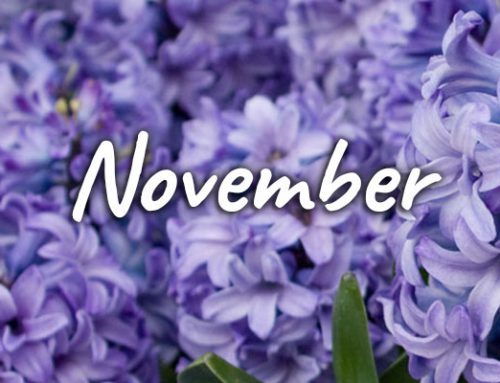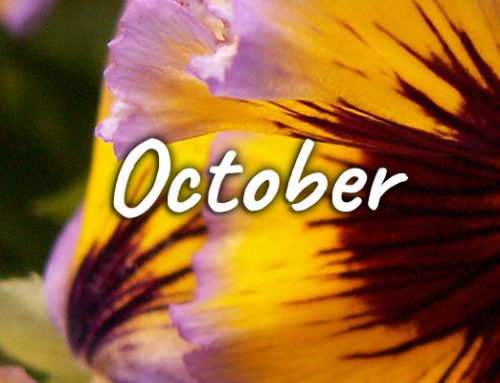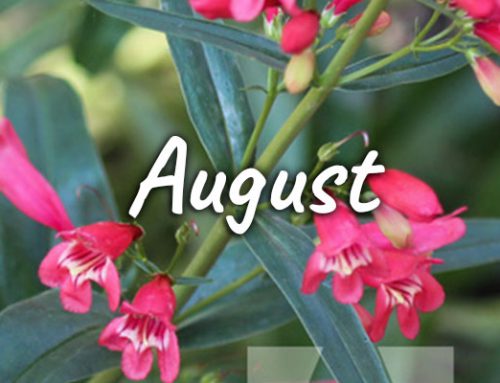
As summer progresses into autumn the days and nights get cooler, making an ideal time to get active in the garden…
Garden Maintenance
Remember to add all of your vegetable peelings, egg shells, waste food and grass cuttings (in moderation) to your compost heap, but refrain from adding any diseased leaves as these need to be burnt to stop any infestation from spreading. Turn your compost heap fairly regularly to speed up its decomposition.
Perennial weeds are most vulnerable to weed killers in early autumn. Use a glyphosate based product to kills roots as well as top growth.
Give the greenhouse or cloche a clean out and disinfect before bringing in tender plants, geraniums or fuchsias and check them for mealy bug, red spider mite and vine weevil at the same time.
Fix broken panes of glass and re felt leaky garden sheds before the wet weather sets in.
Spray phlox with a fungicide at first signs of powdery mildew. Prune climbing roses once they have finished flowering, remove any diseased, dead or spindly growth.
Watering
Hanging baskets and containers will still need watering daily and benefit from a liquid feed.
Give larger shrubs and trees a generous amount of water if the weather is warm and dry, check all other plants for signs of drying out or wind damage daily and water twice weekly.
Catch rainwater from downpipes to water plants, rhododendrons and camellias particularly benefit from rainwater.
Planting and Pruning
Autumn is nature’s time for planting, the warm moist soil makes it ideal for planting containerised shrubs, trees, conifers, perennials and climbers.
Plant winter pansies and violas, team them with some foliage plants such as ajuga, thyme, sage and ivy then under plant your baskets and containers with spring flowering crocus and narcissi, tete a tete, tulips can be planted a little later but the earlier you buy the more choice available to you.
Plant prepared hyacinth bulbs by September 22nd for Christmas flowering.
Naturalise bulbs amongst the lawn, simply throw a handful of bulbs into the air and plant them where they land. What fun!
Divide clumps of perennials once they have finished flowering and water generously once replanted.
Deadhead roses, lavender and dahlias, cut privet, hawthorn, beech, yew and leylandii hedges during the early part of the month.
Trim buxus (box) plants back to shape, its best to do this during a cool evening.
Lawns
Lawns need attention in the autumn, repairing the damage done by the summer months. Scarify out the moss and dead grass, spike to improve the drainage and add top soil to sunken areas or where cracks have formed. Raise the mower blades and cut less frequently applying an autumn feed if you didn’t use one earlier in the season. Now is an ideal time to create a new lawn either from turf or from seed.
Fruit and Vegetables
Continue harvesting your produce and remember you can freeze or swap produce with your family or neighbours if you have surplus.
You may wish to lift your potatoes for storage, make sure you do this before the slugs do their damage and store in paper sacks.
Plant over wintering vegetable crops such as garlic, onion sets, turnips and spinach.
Pick autumn raspberries, blackberries, damsons, apples and pears. Cut out fruited canes or weaker ones concentrating on newer healthier ones for next year.
Plant of the Month
Anemone September Charm- This aptly named hardy perennial is ideal for either sun or partial shade with an overall height and spread of 1 metre. It flowers throughout the autumn with light rose pink petals that are deeper pink beneath.
Happy Gardening
Craig





